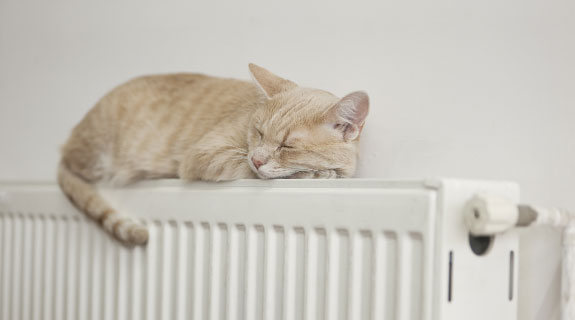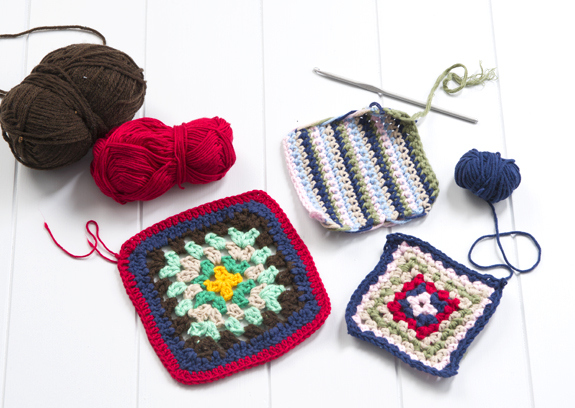Earthy home heating
People of a sustainable persuasion often talk about ‘connecting with the Earth’, so it’s surprising that few of us have seriously considered doing just that for our home heating. Andy Kenworthy investigates
If you bury the right kind of pipes in the ground, they can absorb warmth from the earth then, with a little high-tech help, transfer that warmth right into your house. Connect the pipes to a heat pump that runs off a relatively small amount of electricity, and you have yourself an extremely dependable heating system.
The basic principles of geothermal heating or ‘ground sourcing’ systems have been understood since the end of the 19th century. They work because the first few metres of soil are tucked away from the extremes of heat or cold, but still benefit from the warming effects of the sun and rain.
In New Zealand the average ground temperature at 1.5 metres deep is between 12°C and 15°C.
The genius of this type of system is that it can capture heat from even the tiniest bit of warmth in the ground, and uses a lot less energy than other methods of heating your home or water. Every unit of electrical energy a well-designed system takes from the national grid will yield four or five units of heat energy—even when the outside air temperature is below freezing.

The options
Several major design options are available. There are two types of closed loop systems: direct exchange systems, which circulate refrigerant through copper pipes underground; and brine systems, which circulate a mixture of antifreeze and water through high-density polyethylene (HDPE) pipes. (There are also open loop systems, which circulate natural groundwater, but these can be used only where there is a water source such as an aquifer nearby and you have consent to tap into it.)
There are three basic ways to lay the pipes. Most simply, you can dig a horizontal trench and lay the pipes straight along the bottom. Alternatively, they could be laid in a ‘slinky’ formation, which uses less space but requires more labour and so costs more. The most expensive option is a much deeper vertical borehole, which can be useful on small properties.
Damp ground is better than dry ground, and if there’s a suitable body of water nearby this could be the best option, since warmth is more readily transferred through water. The area of piping needed will depend on your energy requirements, and could range from 35 square metres for a hot-water-only system to 350 square metres for hot water and heating for an average home.
Watch out for
If the whole thing sounds like a fairly big job, that’s because it is. As geothermal systems use heat pumps to heat water, not air, you’ll also need underfloor heating or water radiators to pipe that heat into your home.
This makes geothermal heating best suited to a new build, but retrofitting and connecting to existing radiators is another viable option. As with any energy system, it should also be combined with a household efficiency drive and the most effective insulation you can afford.
The numbers
At an estimated cost per kilowatt hour of just six cents, geothermal energy has got to be one of the most cost-effective forms of heating over the long term. To heat an average home and provide it with hot water would cost between $650 and $850 annually.
Once in place, geothermal systems are extremely reliable, since they have no moving parts, are not exposed to the elements, don’t require regular servicing and can’t be damaged or vandalised. The heat pumps tend to last between 12 and 25 years, and the underground piping should last more than 50. It’s unlike using gas in that you’re not piping an explosive into your house, and unlike solid fuel systems in that no air pollution is produced.
Some systems come complete with an electrical booster, which is used only if the main system is being serviced. A well designed domestic hot water unit is capable of supplying 60°C hot water for a 300-litre mains pressure cylinder, suitable for a family of four to six, without the need for any electrical booster heating. It’ll work day or night, summer or winter, whatever the weather.
From the ground up

Trying to do geothermal on a small scale is probably false economy. You’ll still need to pay for the components and for the necessary excavations, so you may as well install a system with the capacity to supply all your household needs.
Here’s what’s required for a geothermal heating and hot water system in a new home of about 200 square metres. The estimates include installation costs. As with any major work on your home, it is advisable to contact your local council to check if consents are required.
- Warm water underfloor heating pipes, plus insulation: $8,000
- 12kW DeLonghi BWR medium Geothermal Heat Pump (typically located in the garage): $12,000
- Ground loop consisting of 800m (four × 200m coils) of HDPE pipe in one of several configurations: $8,000
- Domestic hot water production via a 300-litre stainless steel cylinder: $4,000
Total price: $32,000






